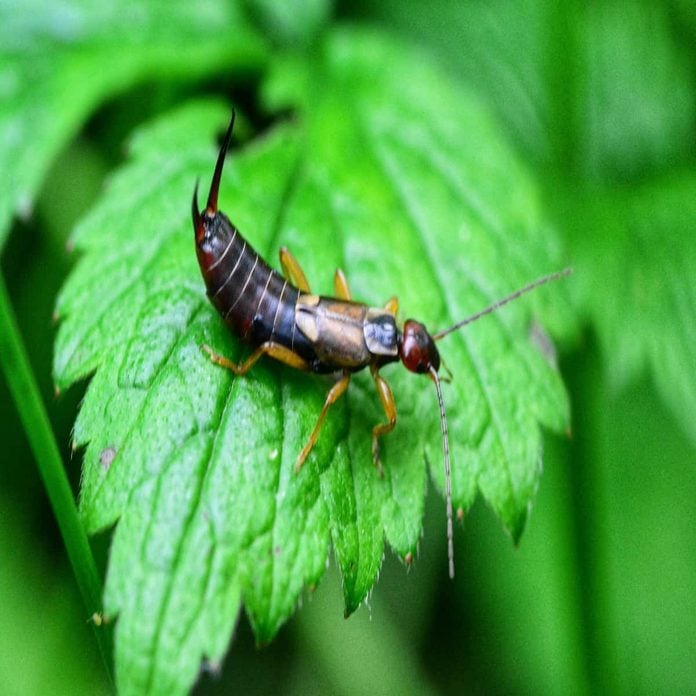
Why are they called earwigs?
Earwigs are a part of the Dermaptera insect order. Dermaptera is a combination of the Greek words derma, meaning “skin”, and ptera, meaning “wings”. The name itself comes from an old folk’s tale that suggests these bugs would crawl into the ears of people and lay eggs inside the brain. This however is a fictional tale that does not hold any scientific fact. They do however have two long pincers protruding at the end of their body, which is where they get their nickname, the “pincher bug”.
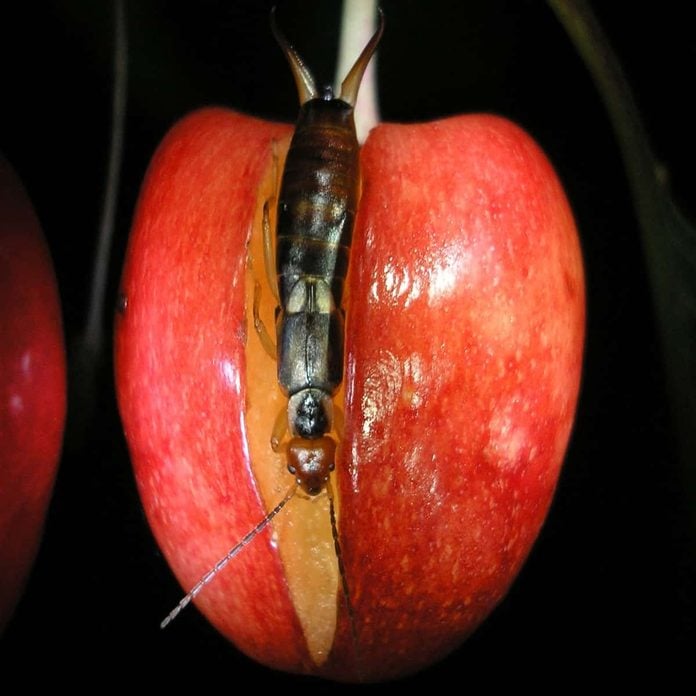
What do earwigs do?
Earwigs are a nocturnal scavenger insect that spends it time sleeping during the day and hunting and eating at night. They are a rather anti-social bug, not belonging to any queen or colony, thus making earwig infestations a rare occurrence. Their lives are spent continuously searching for hospitable environments while hunting and eating in its active time. Earwigs do have pincers that they use to hunt prey but pose no natural threat to people.

How long do earwigs live?
Earwigs have an average lifespan of one year. The mating season for earwigs is in autumn and winter, with eggs typically hatched in the spring. Earwigs undergo metamorphosis in which they change stages from egg to nymph (baby/juvenile) to adult. They will molt five times during the process of becoming an adult.

When is earwig season?
Earwig season typically takes place in late spring and early summer. In the colder, winter months, earwigs will stay underground until the ground begins to warm. Mother earwigs will lay eggs in the beginning of spring, with the nest ready to flourish as the weather becomes tolerable. While earwigs like to find a cool and moist environment to live in, they are very much a warm weather insect found most in the southern states.
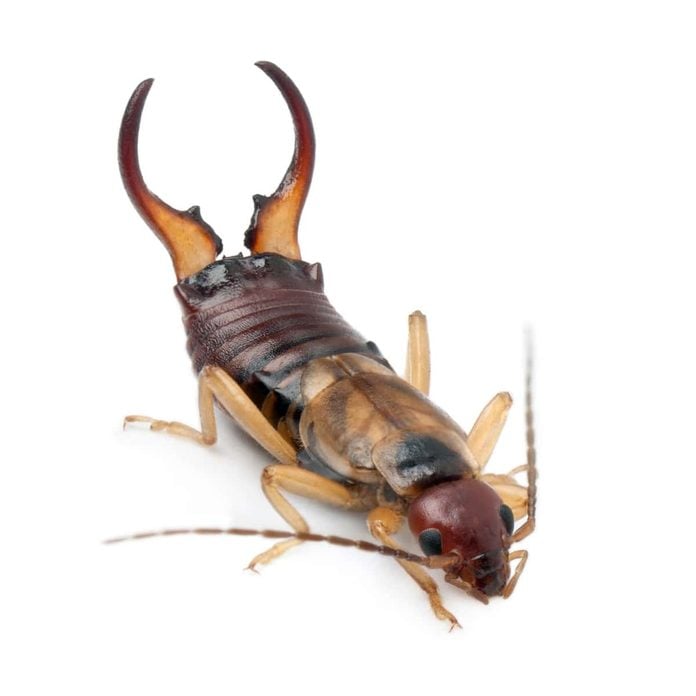
What are earwig pincers for?
Earwigs have a set of pincers that protrudes out of their very flexible abdomen. Their pincers or forceps have multiple uses, as they can be used to fend off an attacking predator or utilized to catch prey. It also said they use them in their mating rituals. You can identify a male vs female earwig quite easily by looking at their pincers. A male will have two distinct curved pincers while a female has two more narrow straight pincers. While the pincers give them their distinctive look, earwigs are not very dangerous to people or pets.

Do earwigs have wings?
Earwigs have two pairs of wings on their body, the forewings and the hindwings. The forewings provide a sort of cover for their hindwings, as they are a short leathery plate. The hindwings are a very thin fan-like structure that fold under the hindwings and come out for short variations of flight. Earwigs do technically have the capability to fly, but it is a rare occurrence in which an earwig does take flight. In those instances, they are often done in very short bursts.

What are earwigs attracted to?
Most earwigs are attracted to bright lights, even though they are nocturnal insect. This makes places such as patios and porches where night lights shine brightest a common place to find them. For a habitat, earwigs are attracted to an environment that is cool and wet, thus making basements a common location for earwigs to reside in. For a food source, they are often attracted to the smells of foods that oily, greasy, or sweet. Knowing what attracts them makes earwig traps an effective method for removing these pincher bugs from the home.
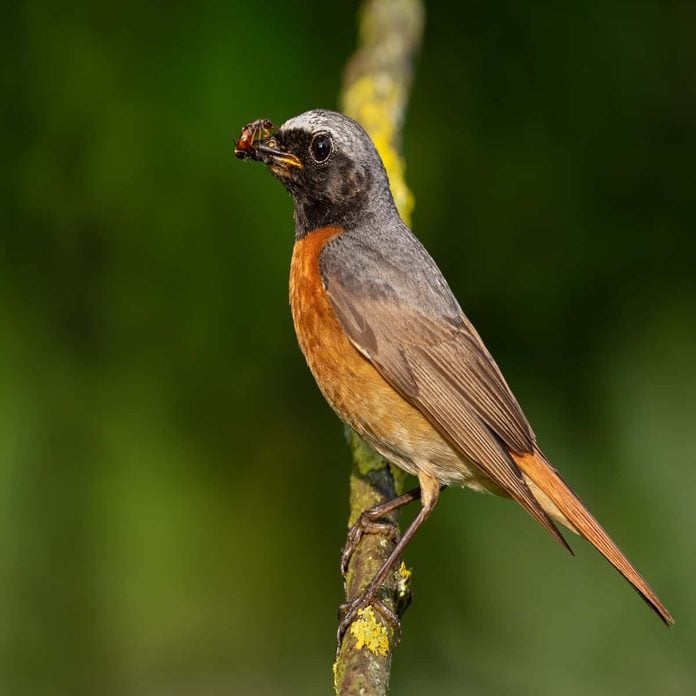
What eats earwigs?
Earwigs have numerous predators that like to feed on them. Common creatures around the home that like to prey on earwigs include birds, lizards, frogs, centipedes, spiders, and yellow jackets. If you are looking to naturally get rid of earwigs outside the home, attracting birds with feeders and bird houses can help invite one of the their most dangerous predators.
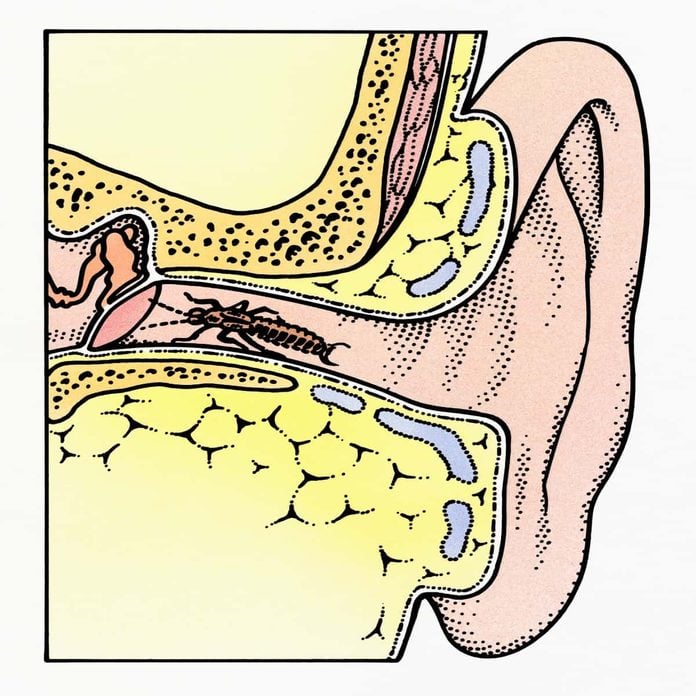
Do earwigs go in your ear?
Contrary to old myths about earwigs, they do not crawl in people’s ears. The tale of earwigs is that they would enter people through their ears and burrow themselves into the brain where they would lay their eggs. This however is not scientifically backed and holds no truth, as earwigs do not have an interest in crawling in people’s ears. But make sure to clean out your own ears, just to be safe.

What kills earwigs?
There are numerous methods and substances that kill earwigs. Pesticides that include diatomaceous earth, permethrin, esfenvalerate, bifenthrin, pyrethrin, carbaryl, malathion, and azadirachtin all will effectively penetrate an earwig’s skin and kill them. Substances that can drown an earwig such as soap and water, alcoholic based mixtures, or oil-based liquids can all potentially lure and kill earwigs. Natural options such as predators (birds, frogs, centipedes), vacuuming, and good old-fashioned shoe bottoms are all potential dangers for an earwig’s life.
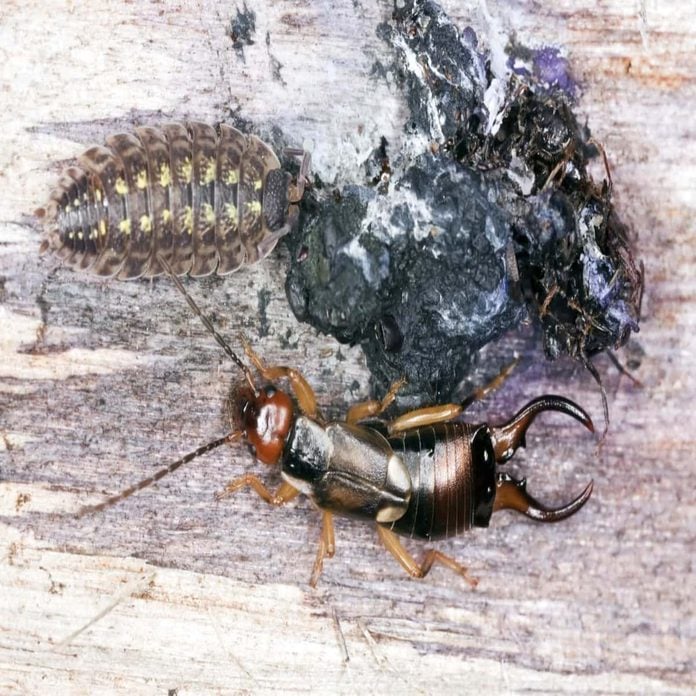
What good are earwigs?
While earwigs are known to be a scary looking, anti-social night scavenger, they are a very beneficial insect ecologically speaking. Known as environmental janitors, earwigs will feast on dead and decaying plants and insects. This is great for keeping a garden clean and maintaining the look and feel of the greenery. They can however become a true pest when they run out of dead and decaying materials, as they will then move on to living plants and vegetation to feed on, thus potentially wreaking havoc on a gardener’s plant life. An earwig’s lifestyle certainly runs along the line of being a beneficial insect and a household pest.
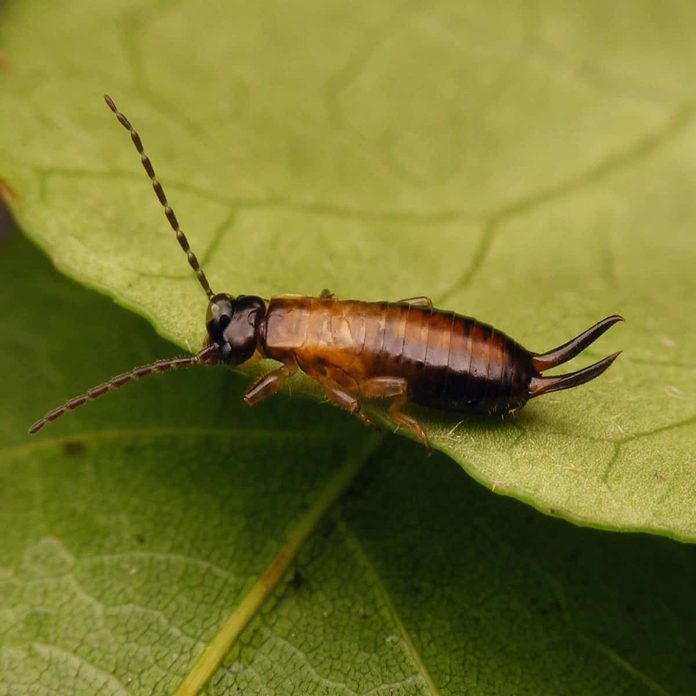
Additional Earwig Information
For more information about earwigs and what it means when you find this pest in your home, check out these pest control articles.
- Earwig Guide
- Types of Earwigs
- Earwig Life Cycle
- Earwig Infestations
- How to Get Rid of Earwigs
- How to Prevent Earwigs
- Earwig Safety
- Earwig Facts
Sources